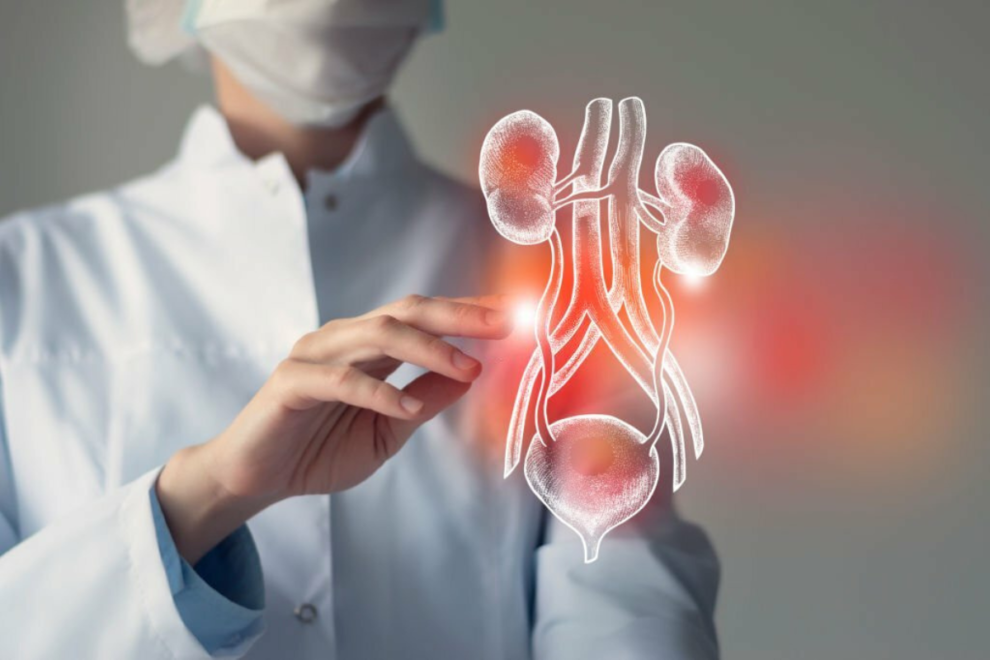The size, shape, and material of the ureteral stent to be used depends on the patient’s anatomy and the reason why the stent is required. Most stents are 5-12 inches (12-30 cm) in length, and have a diameter of 0.06-0.2 inches (1.5-6 mm). One or both ends of the stent may be coiled (called a pigtail stent) to prevent it from moving out of place; an open-ended stent is better suited for patients who require temporary drainage. In some instances, one end of the stent has a thread attached to it that extends through the bladder and urethra to the outside of the body; this aids in stent removal. The stent material must be flexible, durable, non-reactive, and radiopaque (visible on an x ray).
A stent that has an attached thread may be pulled out by a physician in an office setting. Cystoscopy may also be used to remove a stent.






